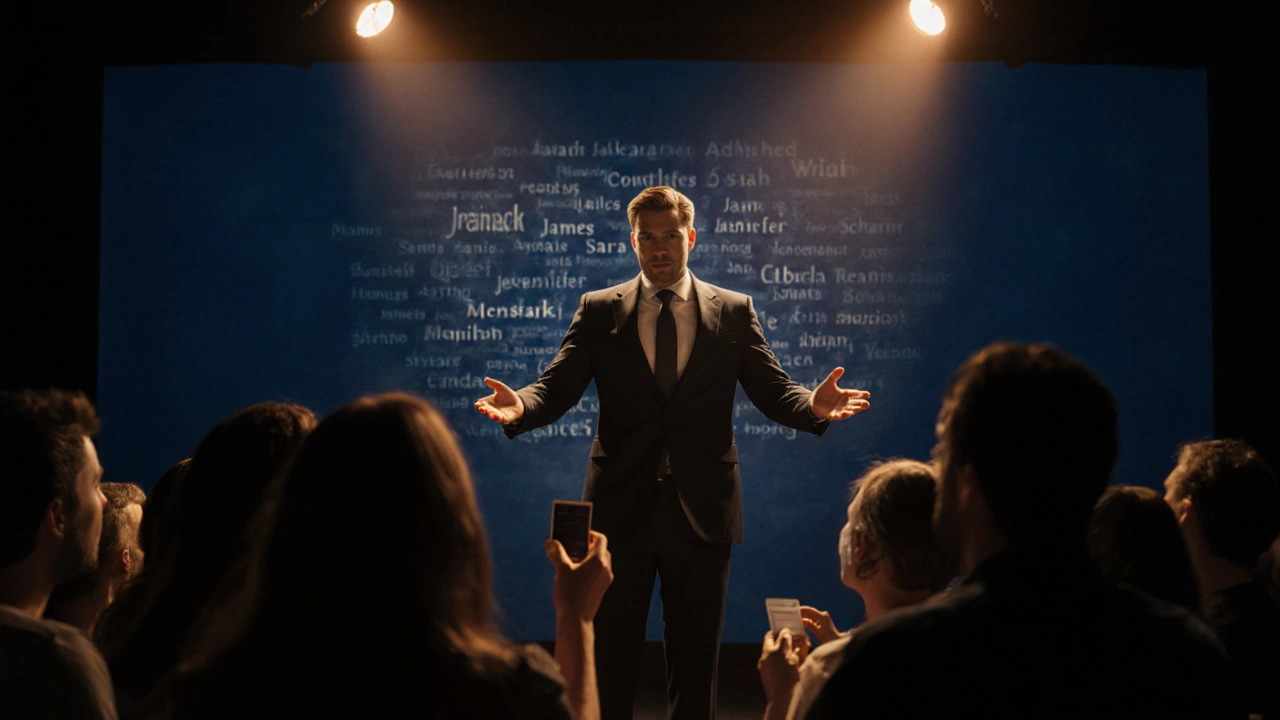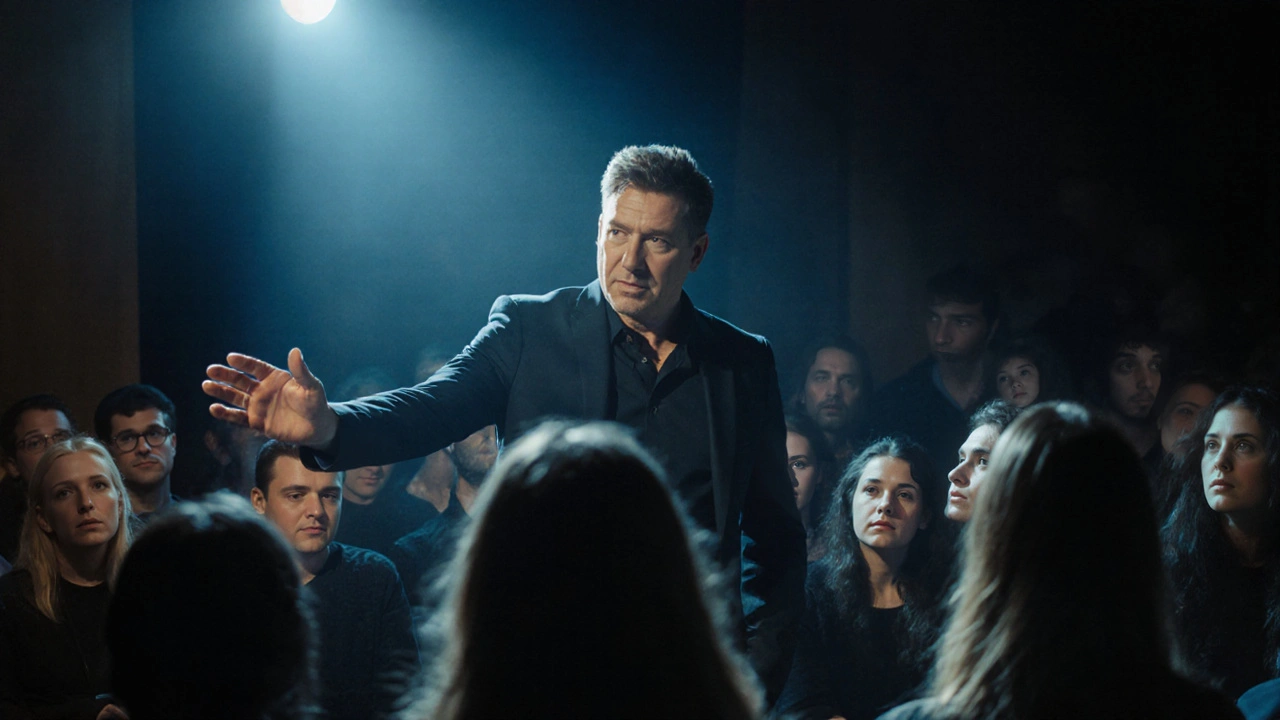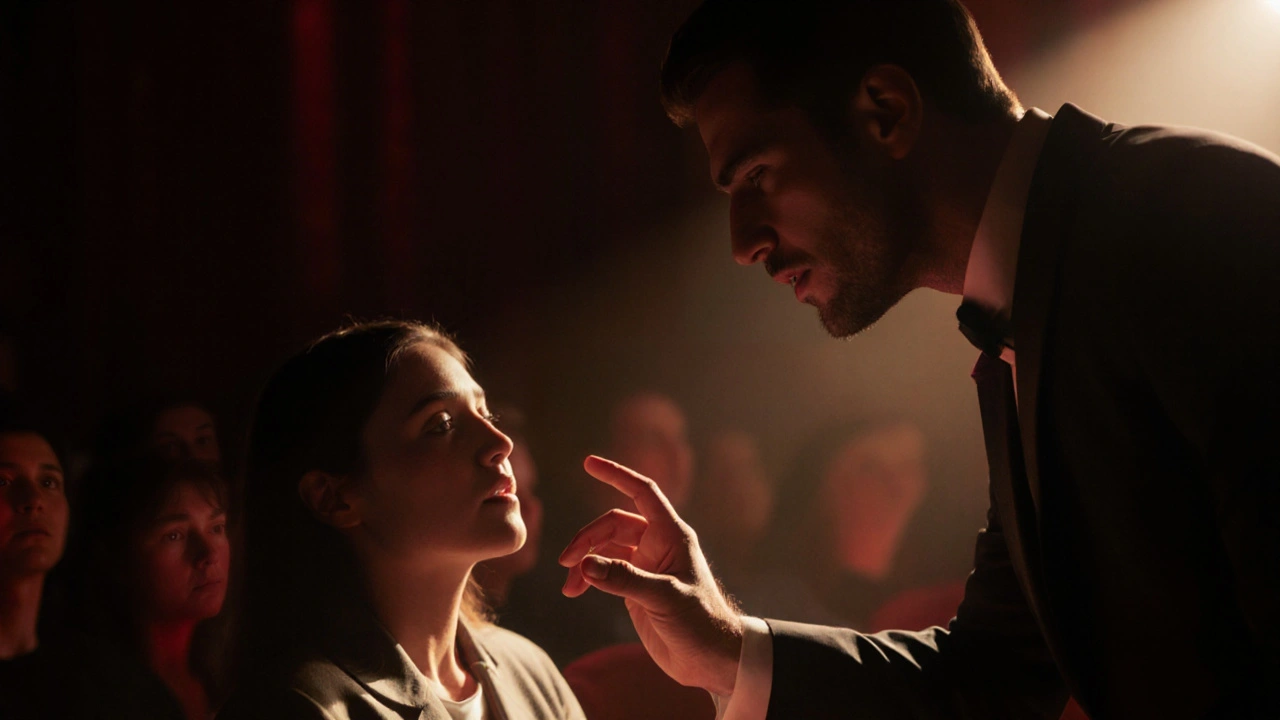Mastering Mentalist Techniques: Real Methods Behind the Magic
When working with mentalist techniques, the set of methods used to create the illusion of mind‑reading and prediction, you’re tapping into a toolbox that blends psychology, observation and subtle misdirection. One key approach is cold reading, a technique that reads subtle cues like posture, tone and facial expressions to craft believable statements. Another staple is muscle reading, reading involuntary muscle tension to infer a hidden choice. Finally, psychological forcing, a method that subtly guides a participant to pick a specific item without realizing it often powers the dramatic predictions you see on stage.
These techniques aren’t random tricks; they follow a clear logic. Cold reading relies on pattern recognition, so the performer must be keen enough to notice micro‑expressions and match them to a plausible narrative. Muscle reading, on the other hand, exploits the body’s unconscious response – even the slightest tension can reveal a hidden card or number. Psychological forcing works by planting ideas through phrasing, timing and visual cues, making the audience feel they chose freely while the outcome was pre‑set. Together, they form a seamless flow that convinces people they’re witnessing genuine mind‑reading.
Core Elements of Effective Mentalism
First, observation skill is the backbone of any mentalist routine. A performer who can spot a nervous twitch or a shift in eye direction gains a data point that fuels cold reading. Second, timing matters. The pause before a reveal builds tension, lets the subconscious register cues, and then the mentalist delivers a statement that feels inevitable. Third, confidence and storytelling tie everything together. A well‑crafted narrative disguises the mechanics, so the audience focuses on the story, not the method. These three pillars – observation, timing, and storytelling – are the pillars that support every mentalist technique.
Many beginners think they need years of study to master these skills, but the reality is more approachable. Start by practicing cold reading in everyday conversations: notice how people react when you comment on a vague statement and adjust based on their feedback. For muscle reading, try simple experiments like holding a deck of cards and asking a friend to think of one; gently press the back of the deck and feel for tension. Psychological forcing can be rehearsed with everyday choices – guide a friend to pick a specific color by mentioning related words first. Small, consistent practice builds the intuition that professionals rely on.
When you combine the three core elements with specific techniques, you create a powerful synergy. Mentalist techniques encompass cold reading, which is sharpened by keen observation. Mentalist techniques require muscle reading, which benefits from precise timing. Psychological forcing influences audience perception, making the final prediction feel inevitable. These semantic connections show how each method supports the others, turning a handful of tricks into a cohesive performance.
Beyond the basics, real mentalists layer additional tools to deepen the effect. Mood lighting, subtle background music, and stage positioning can amplify the audience’s focus on the performer’s gestures. Information gathering – like a quick online search or talking to a participant before the show – adds personal details that make cold reading appear supernatural. Remember, the goal isn’t to hide the method; it’s to guide the audience’s attention away from it.
Now that you’ve seen how the pieces fit, you’ll notice a pattern across the articles in this collection. Some posts break down the science behind mind‑reading tricks, others compare online courses, and a few expose the myths around famous mentalists. Whether you’re curious about the reality of “Oz the Mentalist” or want a step‑by‑step demo of a mind‑reading routine, each piece adds a layer to your understanding of mentalist techniques.
Ready to dive deeper? Below you’ll find a curated set of guides, case studies and practical demos that expand on cold reading, muscle reading, psychological forcing and prediction. Explore the range of content, pick the topics that match your skill level, and start applying these proven methods in your own performances.

How Do Mentalists Guess Names? The Real Psychology Behind the Trick
- by Zephyr Blackwood
- on 14 Nov 2025
Mentalists don't read minds-they use psychology, pattern recognition, and subtle cues to guess names. Learn the real techniques behind this classic trick and how you can understand how it works.

How Do Mentalists Read Thoughts? The Real Tricks Behind Mind Reading
- by Crystal Berry
- on 8 Nov 2025
Mentalists don't read minds-they use psychology, observation, and clever techniques to create the illusion of thought reading. Learn how cold reading, hot reading, and body language tricks make it seem like they know your secrets.

Mentalism Secrets Revealed: How Mind‑Reading Tricks Work
- by Cameron McComb
- on 13 Oct 2025
Discover the psychology, techniques, and common tricks behind mentalism, plus a step‑by‑step guide to start practicing mind‑reading effects.
